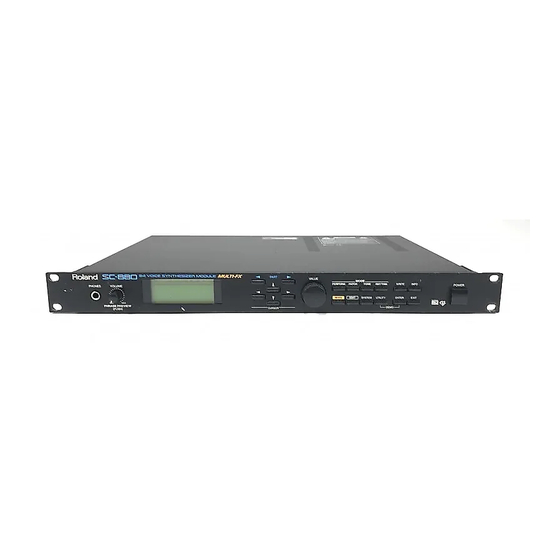
Roland SC-880 Manuals
Manuals and User Guides for Roland SC-880. We have 1 Roland SC-880 manual available for free PDF download: Owner's Manual
Roland SC-880 Owner's Manual (221 pages)
64 voice synthesizer module multi-fx
Brand: Roland
|
Category: Recording Equipment
|
Size: 15 MB
Table of Contents
Advertisement
